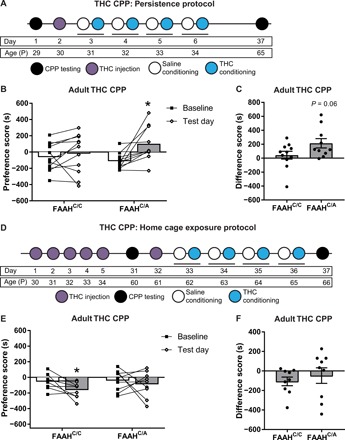Fig. 5. Preference for THC as a result of the FAAH SNP persists into adulthood when trained in adolescence.

(A) Experimental timeline for persistence of THC CPP protocol. Mice were trained in THC CPP during adolescence and tested in adulthood. (B) Female FAAHC/A mice, but not female FAAHC/C mice, that had been trained in THC CPP during adolescence and then tested in THC CPP during adulthood continue to show a preference for THC, as shown by a significant increase in preference score on test day compared to baseline day (FAAHC/C mice: paired t test, t10 = 0.76, P = 0.4648, n = 11; FAAHC/A mice: paired t test, t9 = 3.164, *P < 0.05, n = 10). (C) Female FAAHC/A mice showed a trending increase in difference score compared to female FAAHC/C mice when trained in THC CPP during adolescence and retested in adulthood (unpaired t test, t19 = 1.958, P = 0.0650, n = 11 FAAHC/C and n = 11 FAAHC/A). (D) Experimental timeline for home cage exposure of THC. Mice were treated during adolescence and trained and tested in THC CPP later in adulthood. (E) Female FAAHC/C mice, when exposed to THC in their home cage during adolescence, develop an aversion for THC in adulthood (paired t test, t8 = 2.438, P = 0.0407, n = 9). In contrast, female FAAHC/A mice do not show a preference for THC as demonstrated by a lack of change in preference scores on adult test day compared to baseline day (paired t test, t8 = 0.5965, P = 0.5673, n = 9). (F) Female FAAHC/C and FAAHC/A mice show similar difference scores when exposed to home cage THC during adolescence and trained and tested in THC CPP during adulthood (unpaired t test, t16 = 0.6575, P = 0.5202, n = 9 FAAHC/C and n = 9 FAAHC/A).
